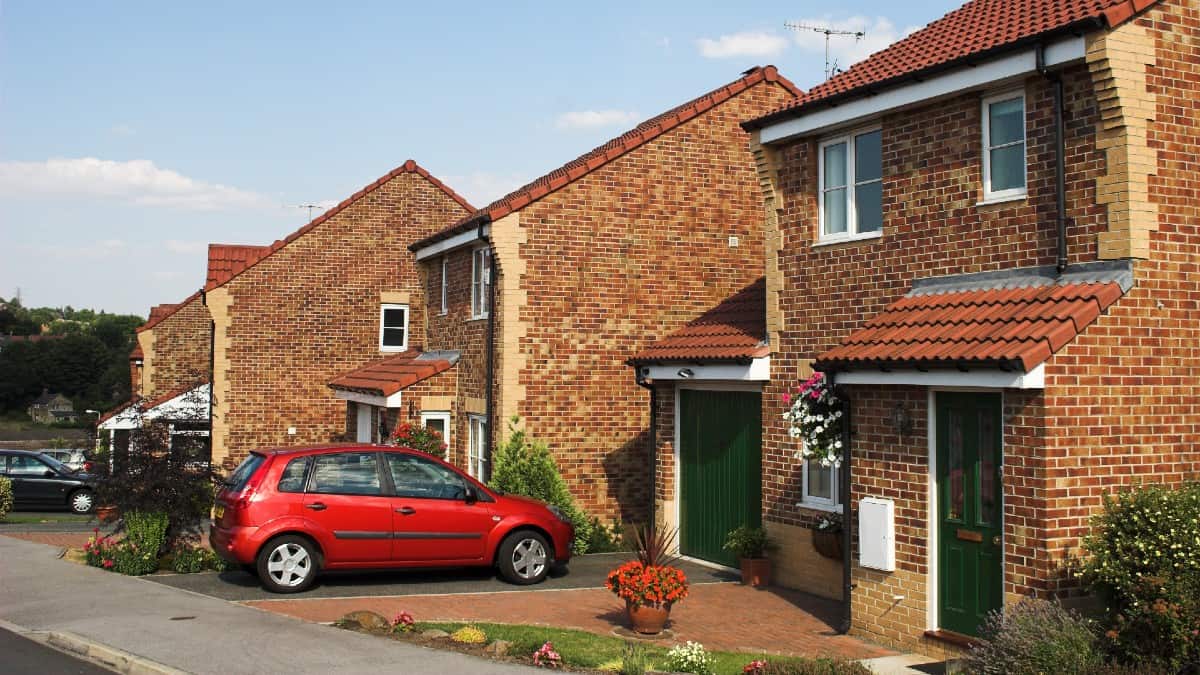Last year, a juicy double-digit dividend yield was one of the attractions of investing in homebuilder Persimmon (LSE: PSN). Since then, its dividend has been slashed.
The business has been slowing down a lot. So how secure is the payout?
Weakening business
The company published its interim results this week and they made fairly sober reading.
Compared to the same period last year, revenues fell 30% and pre-tax profit fell 66%. The company’s cash more than halved, while the number of land plots owned and controlled by the company also fell.
Was it all bad? I would say no. The company still made a profit, after all, and the new home average selling price was 4% higher than last year. The company also affirmed its full-year profit outlook.
Aside from shorter-term challenges in the housing market, the chief executive remained upbeat. He said: “The longer term outlook for housing remains positive. Persimmon has a proven track record of delivering strong returns through the cycle.”
In other words, tough times now will hopefully be compensated once the housing market is in better shape. But with high interest rates and a weak economy, I do not expect that to happen any time soon.
Dividend outlook
The company declared an interim dividend of 20p per share.
The Persimmon dividend has been all over the place in recent years so it is hard to compare that to past performance. Last year, for example, saw no interim dividend, while the prior year it was £1.25 per share.
In its interim results, the company reiterated its expectation of declaring a 60p full-year dividend per share. That suggests a prospective Persimmon dividend yield of 5.1%.
The company revised its dividend policy last year and since then things have got much worse for the company. In this environment, I would be surprised if it raises its payout in the next year or two.
The policy is to set dividends “at a level that is well covered by post-tax profits”. With profits falling and cash on hand also heading lower, I do not think it would be prudent for the company to raise the dividend.
Risk of a cut?
Could things get worse? For now, I do not expect a further cut. Management was proactive in changing its dividend policy and subsequent business performance has vindicated that decision.
The interim dividend was covered 1.7 times by earnings per share. If profits hold up at their current level, I see that coverage as fine.
It could be a different story if profits keep falling and no longer cover the payout however. I do see that as a risk as Persimmon’s sales have plummeted and could move even lower from here, for example if interest rates rise further.
Persimmon has competitive strengths, from a business model that often generates high profit margins to a vertically integrated model that can help shield it from supply shortfalls.
But it is not immune to the wider housing market performance, as the interim results showed. For now, I plan to keep my shares in anticipation of higher Persimmon dividends – but they could take years to come.








